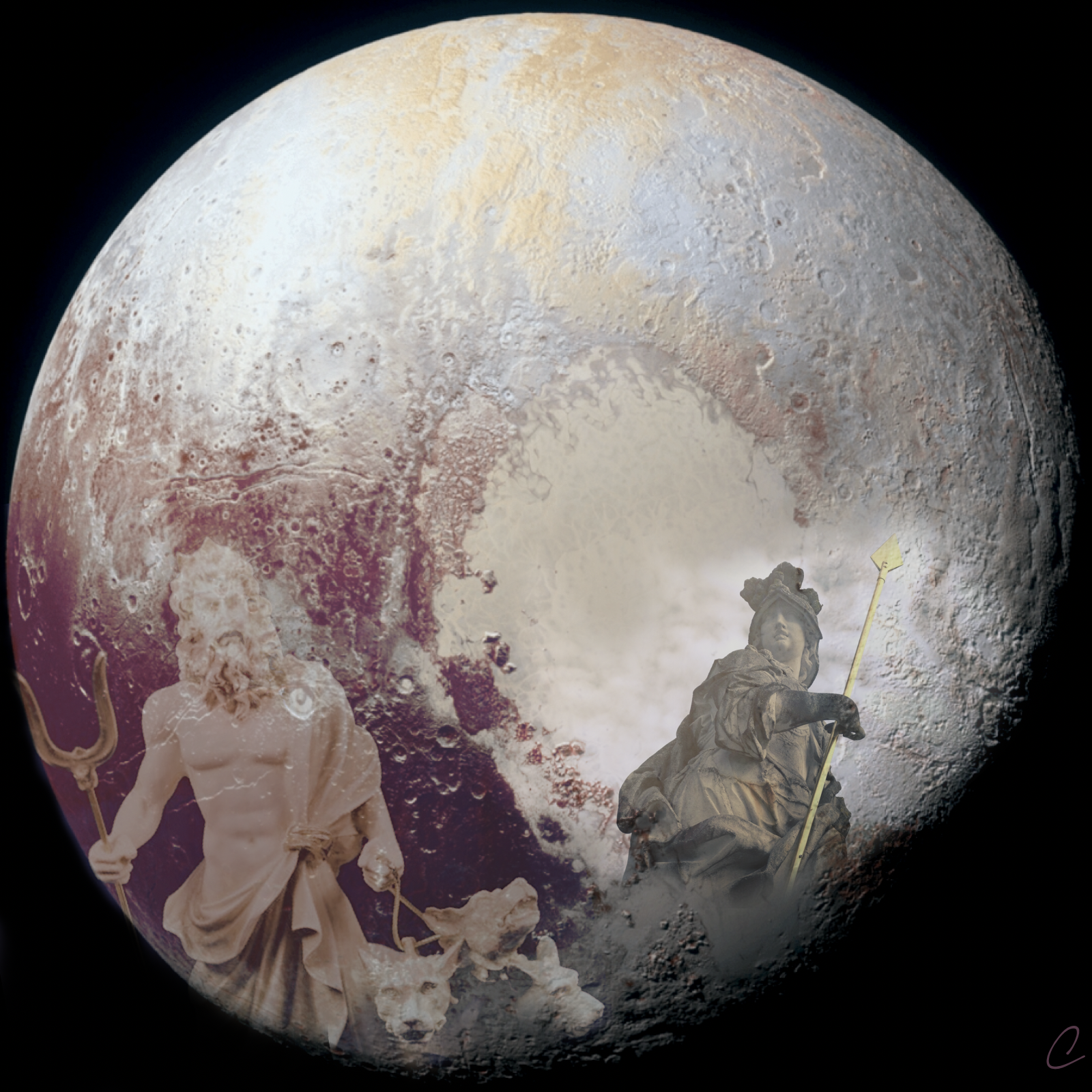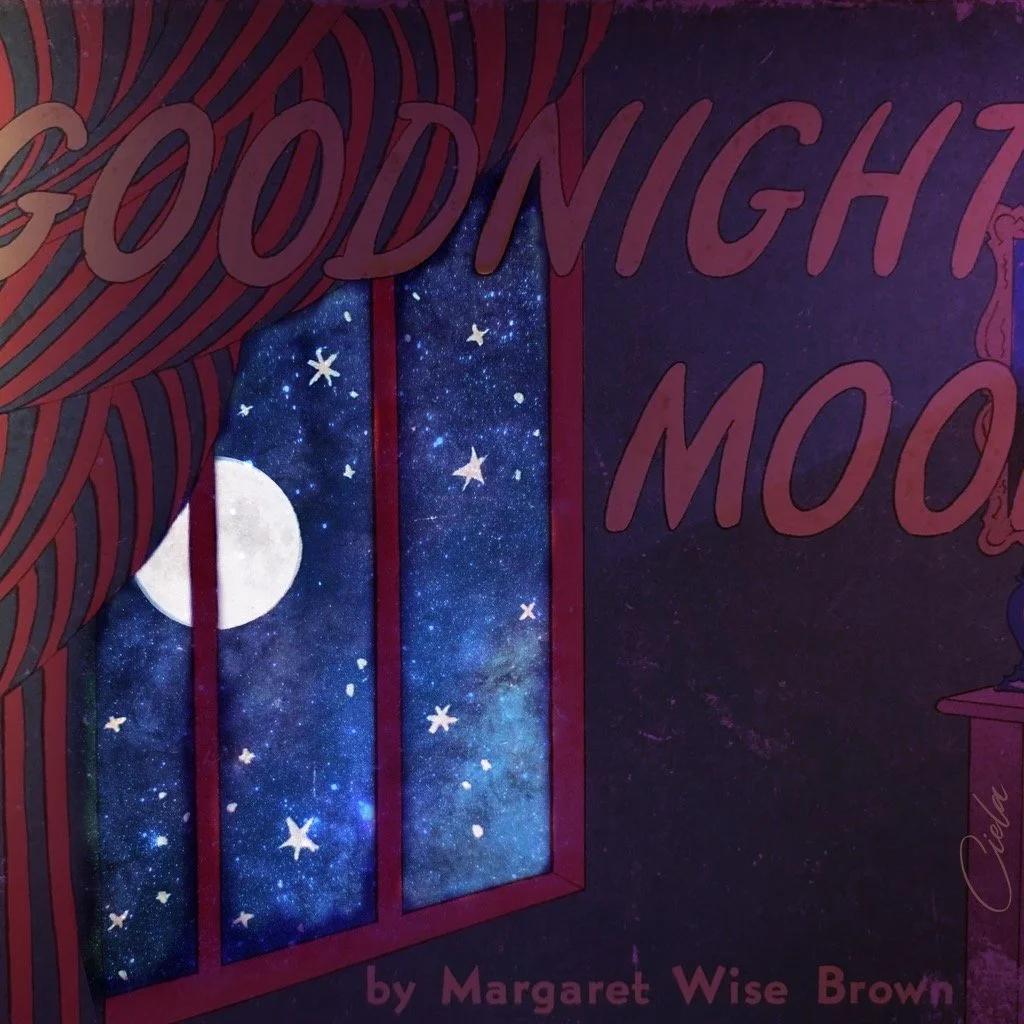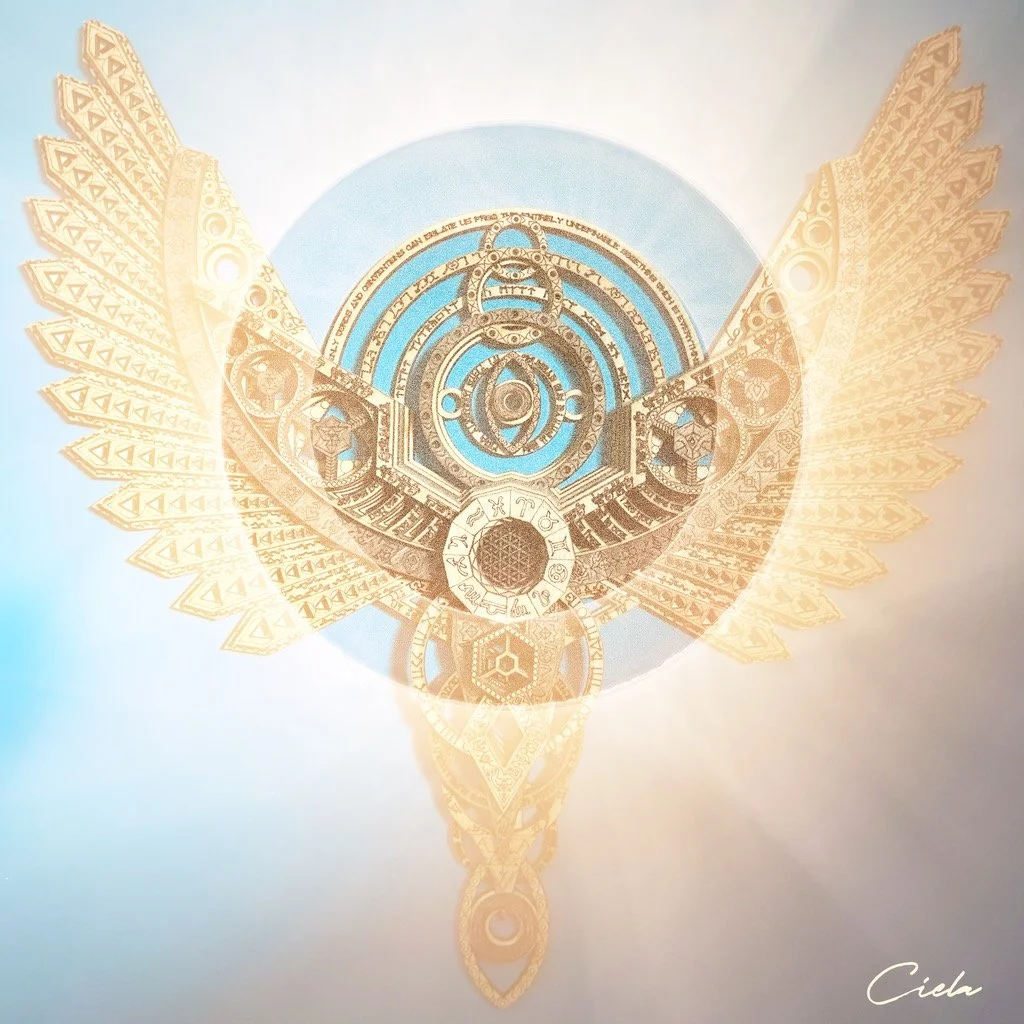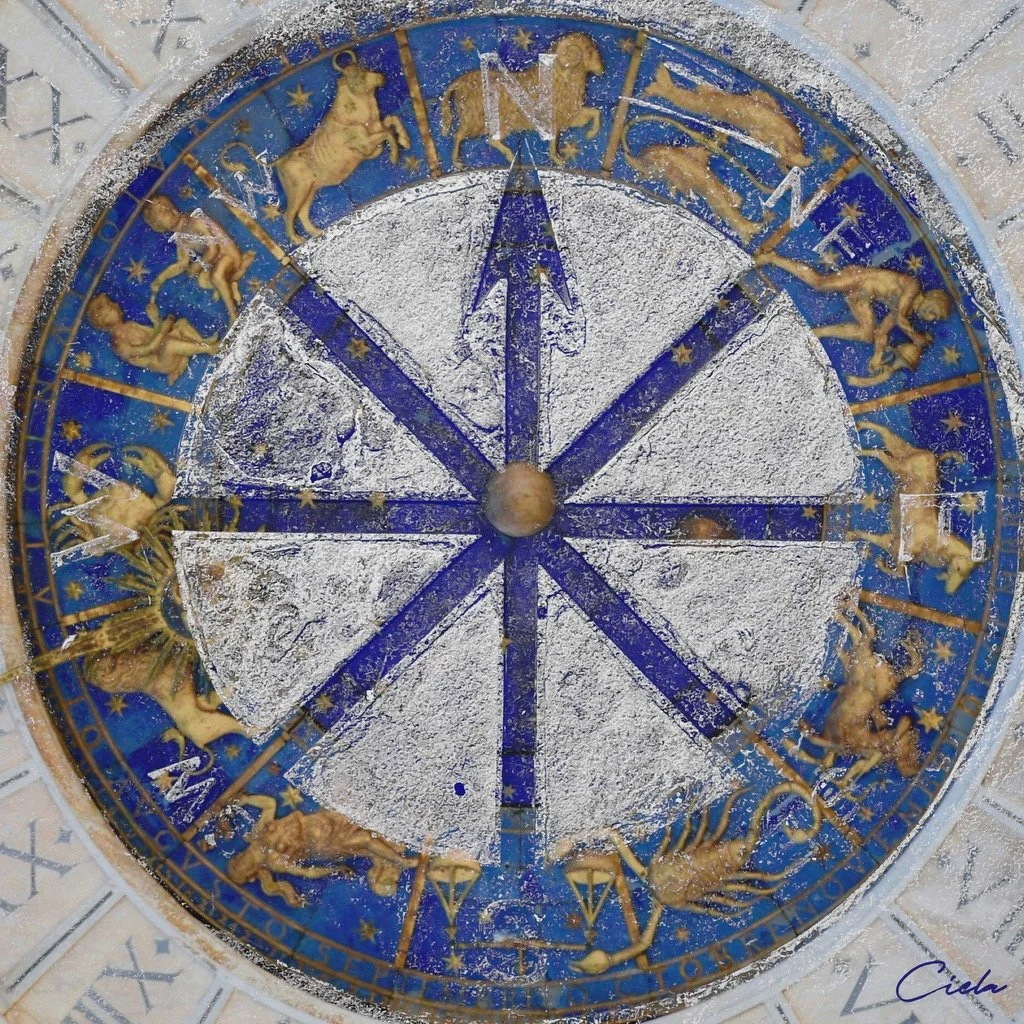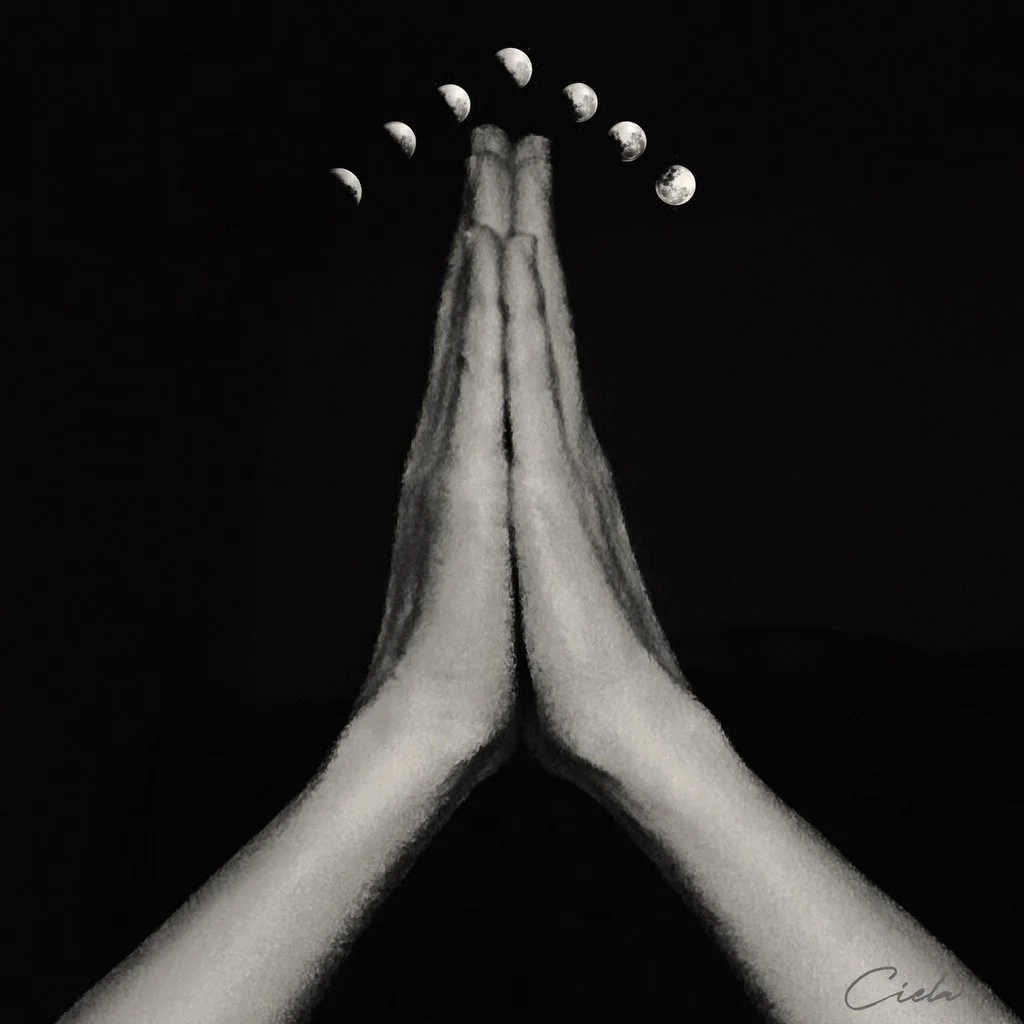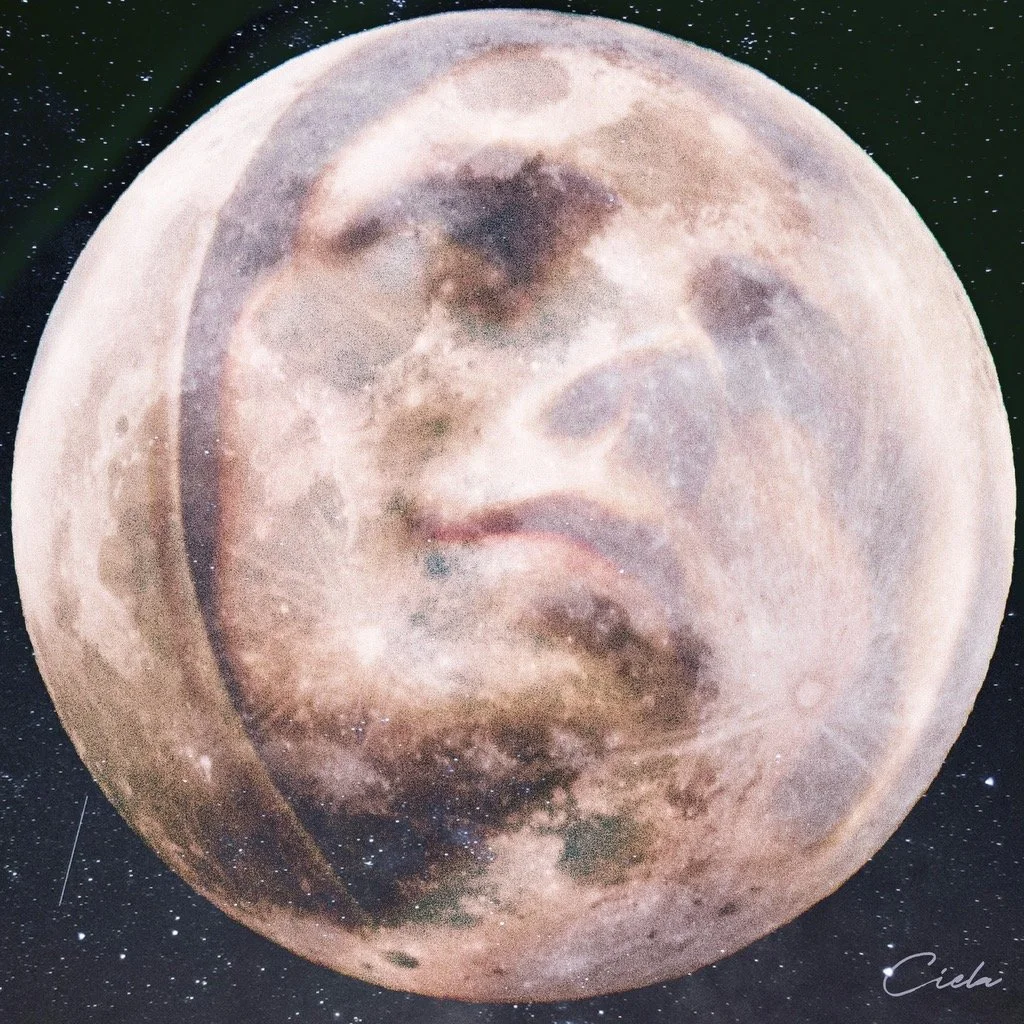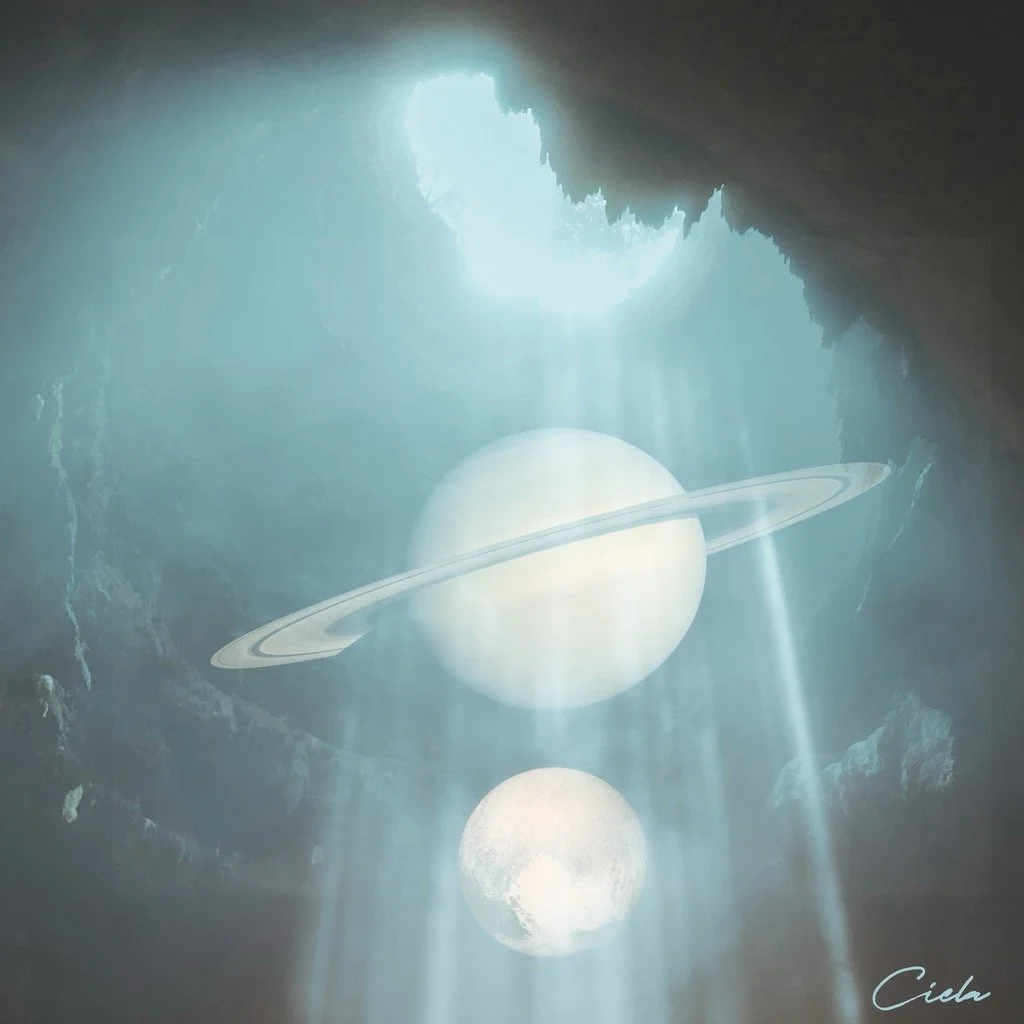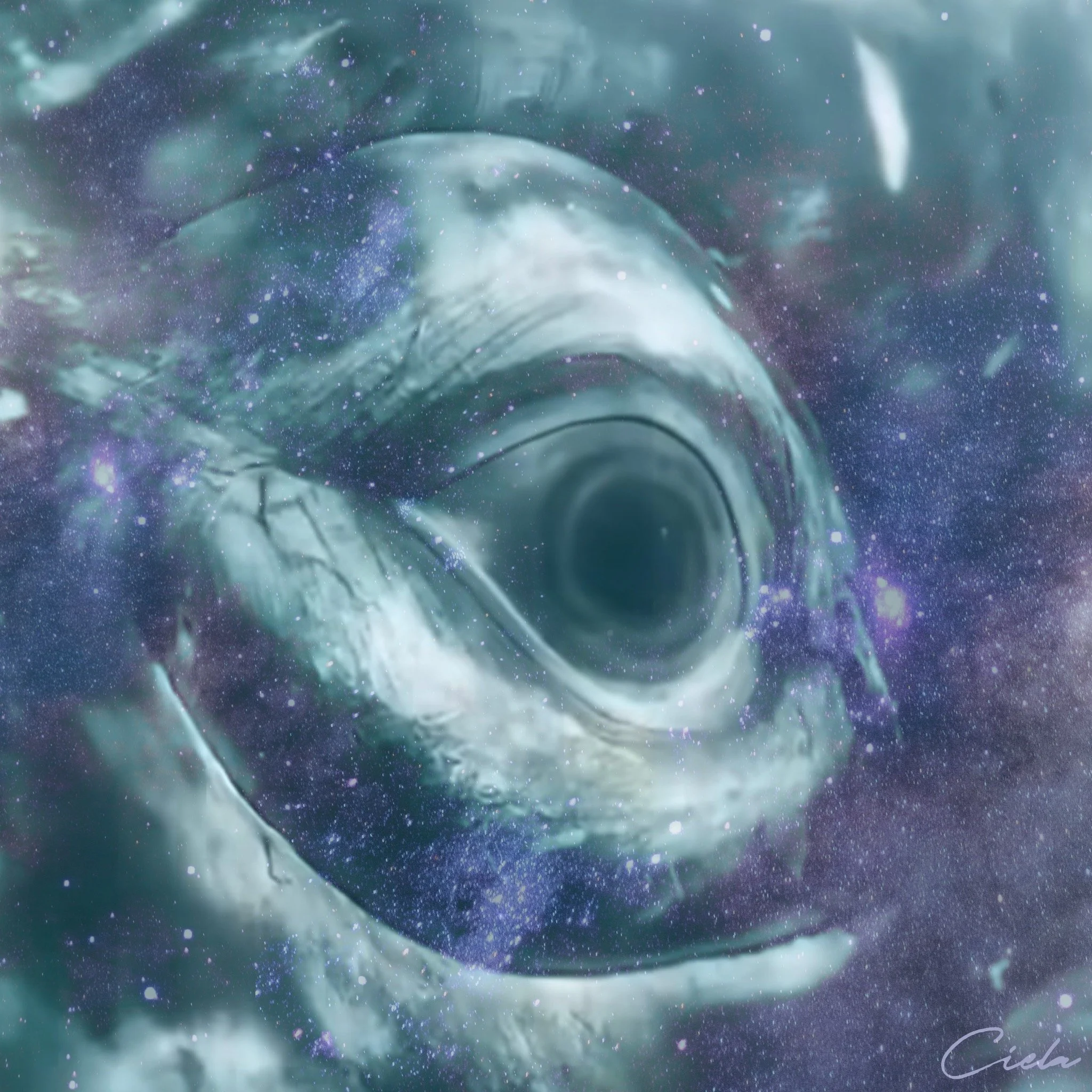Who is Pluto?
Q: Who is Pluto?
A: When Pluto arrived onto the astrological scene, it was first referred to as Planet X. There was an ominous energy that arose in the collective psyche with new awareness pointed towards the epic power radiating from this unknown, mysterious and controversial planet. An eleven-year-old girl, Venetia Burney is accredited for having named the planet after the God of the Underworld when her grandfather read to her from The Times about the Planet’s discovery in 1930.
Although invisible to the eye, the inner workings and the profundity through which we are collectively, and I dare say individually, marked by Pluto are undeniable. As with all planets, Pluto has two faces, the higher and more regal expression of itself which has been associated with the Roman Goddess of Minerva – ruling strategic warfare and wisdom as well as the deeper, darker and more infamous qualities of Hades – Lord of the Underworld.
In Ovid’s aptly named work, Metamorphosis, he names Minerva the Goddess of a thousand works, indicating an immense power that radiates from within her. For the Greeks, her guardianship as ruler of war and strategy emulates through her facet of being known as Athena. Both reflections are portrayed with their sacred and trusty Owls to metaphorical guide them through the epic darkness with a true clarity of sight.
She represents the culmination of inner work, the mistress of high war, the fight for the good fight, the elimination of the unconscious and seething miseries known within the depths of our psyche. She is the triumphant, the leader, the valiant warrioress who is fearless in her journey to transcend and ascend.
Approaching the more commonly known association of Hades, we come face to face with the ruler of the Underworld, the guardian of a threshold, captive of the innocent. He rules wealth, possessive of the world’s resources, and the lesser aspects of power that corrupts and overwhelms in order to conquer. He kidnapped the maiden Persephone who was then literally forced to live through her own underworld excursion, exploring new dimensions of herself without an option otherwise.
Pluto, which falls into the transpersonal grouping of planets, represents cycles: death, rebirth, transformation, and metamorphosis. Are any of these rites of passage easeful in any shape or form? Absolutely not, yet the shape shifting qualities of each provide for a greater invitation to become who we truly are. Death of self, of personality, of old ways of being, of the rigid and cloaked worlds we have created, where we have hidden from ourselves. Can we see that the mirror of death is birth? When these unwanted aspects of our soul are sacrificed on the Plutonian platter, a birth of the new is inevitable. While traversing a Pluto transit, one may experience the simultaneous dread, and feelings of being pulled into an earthen grave prematurely, while also inhaling primordial breaths of new life, only now having the room to expand into consciousness that was previously occupied by familiar vices.
The dance between death and birth is expressed in the process of metamorphosis. Have you observed the journey of a caterpillar becoming a butterfly? And if you have, is there any way to return to a limited scope of mind of what is possible? Imagine, us here and now with a certain mind. I am so and so, I live here, I work there, people know me as this, and my favorite things are these. Then, upon the horizon, Pluto beckons. The caterpillar must innately have an idea that change is near, yet in no way could one know what the true cost would be. Through trials and tribulations reflected in the outer world, the inner world begins to dissolve into itself. Perhaps there are moments as the caterpillar is liquifying that it feels immense fear for what it has succumbed to, naturally.
Pluto has the force of a train. Wherever it resides in our chart, it reigns as the call to transform and to purge what cannot be taken forward, assuming the soul in question is on an evolutionary path as we do have free will after all. For example, instead of embracing Pluto, one may resist, in this case ending up in destruction, shame, indignity and mortification as possible outcomes. What if instead we allow the force of Pluto to bring us into the cocoon? Knowing we must liquify from the inside out, with an instilled faith that the result is that of newly forged wings of which we can fly free? Perhaps then we gain new insight as to the questions of “Who am I? Why am I here? What is my purpose?” It is said that one goes through a Pluto transit over their sun as one person and they come out entirely as another. Any volunteers? Fortunately, or unfortunately, it doesn’t seem to work that way. Perhaps it is more of a karmic contract as to who experiences these devastations to the personality in a given life time.
The choice is ours. Returning once again to the mythology behind this madness, could it be that Pluto is truly the shapeshifter of the cosmos? Who can be both Lord of the Underworld, enticing Persephone through her dark night of the soul only to survive and thrive, coming out upon the other side, perhaps leaning more into her warrior goddess self, akin to that of Minerva? As Pluto is known as the higher octave of Mars, it is only suitable that Minerva would reside within the inner battles of light over darkness. And what makes a true warrior goddess? Only one who has trudged through the depths of despair, who knows the Underworld inside and out, who has experienced and thus gained compassion for other wayward warriors from facing the darkest corners of her innermost lair of the Plutonian domain. As above, so below, in order to ascend, we must descend. The relationship between Hades as the forceful invitation to discover Persephone’s unconscious nature, in the end, is the very act that liberates her into becoming her true self. And so, we honor Pluto, in catharsis and intensity, in passion and death…may you guide us through the arduous struggle of the metamorphosis of the soul.
